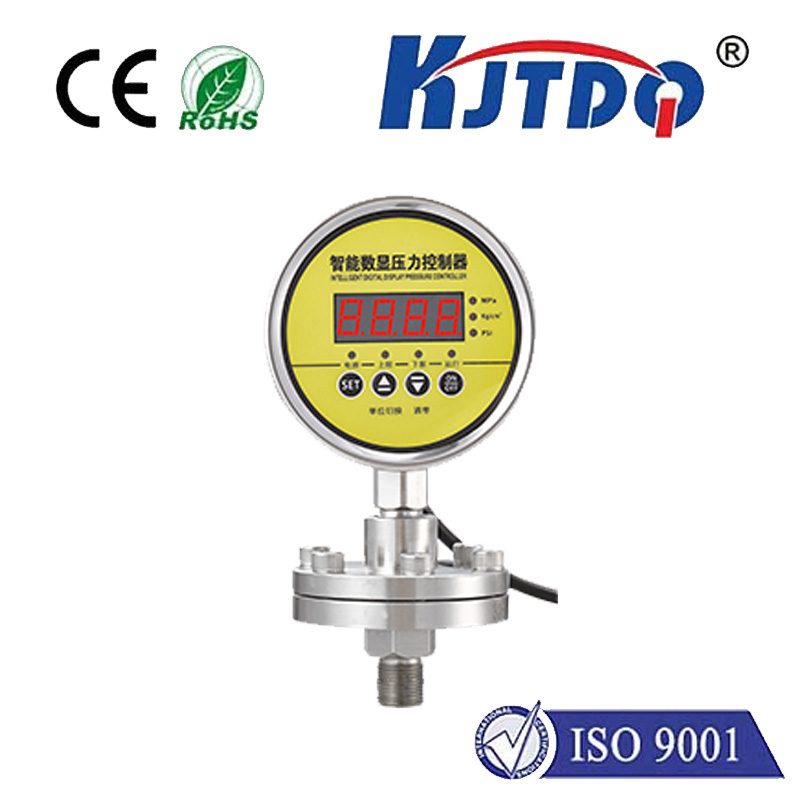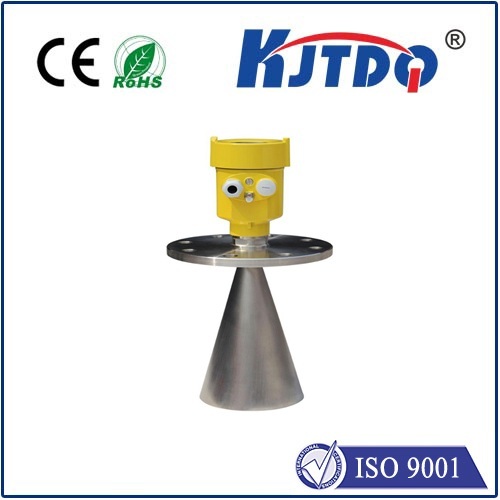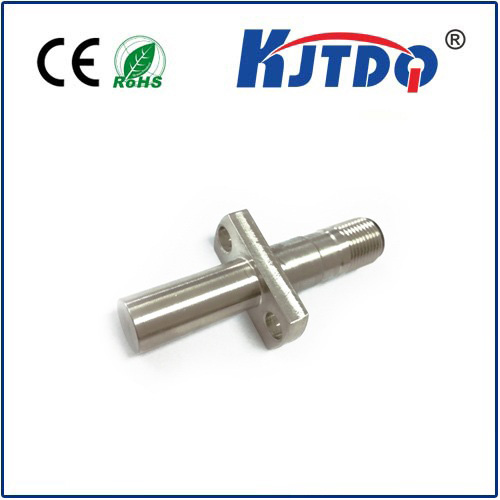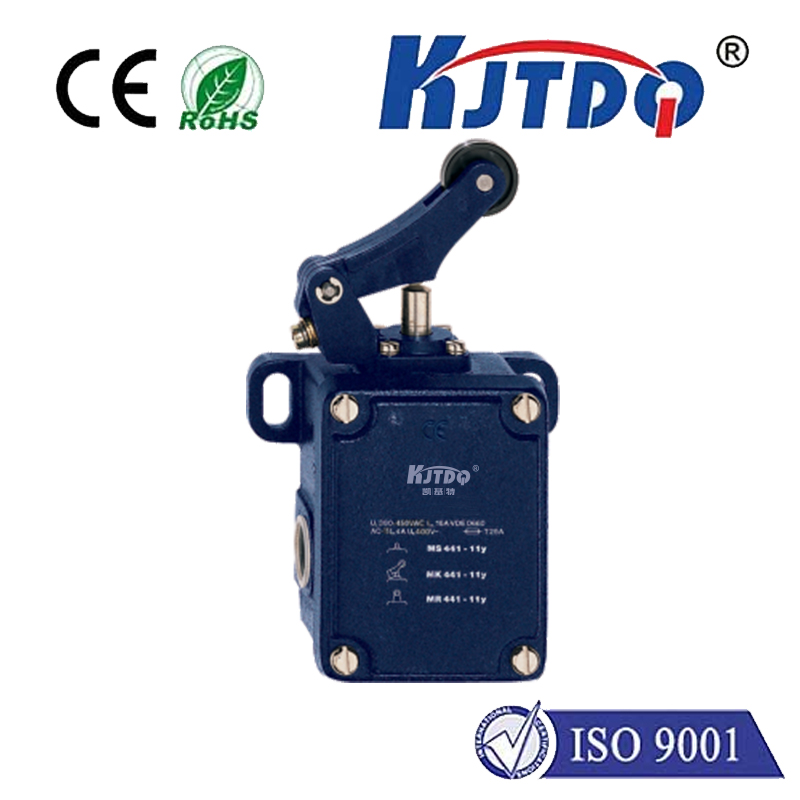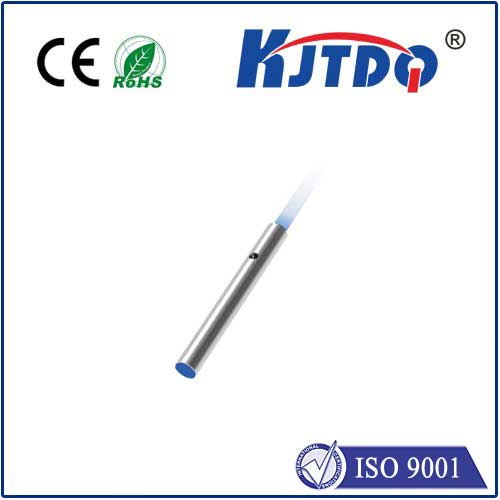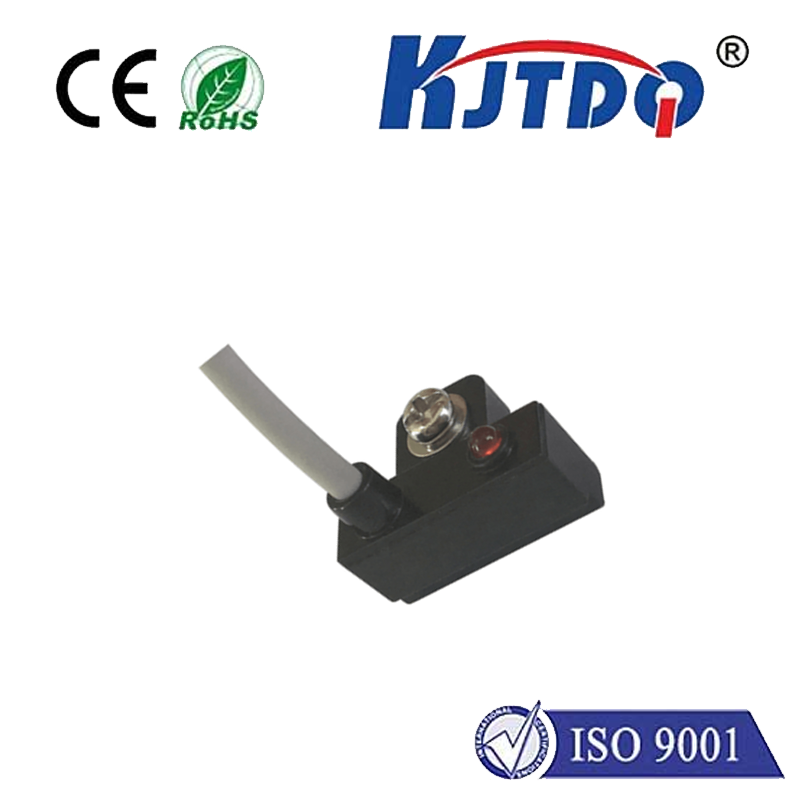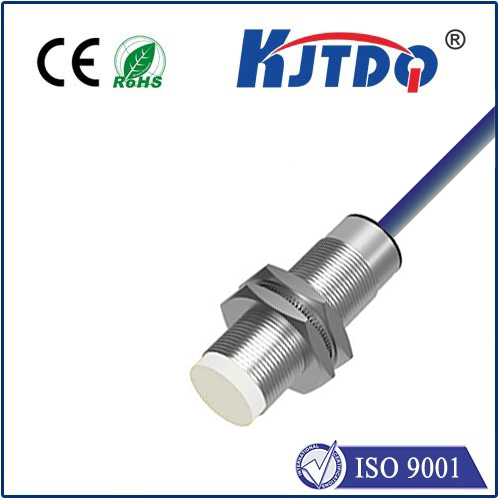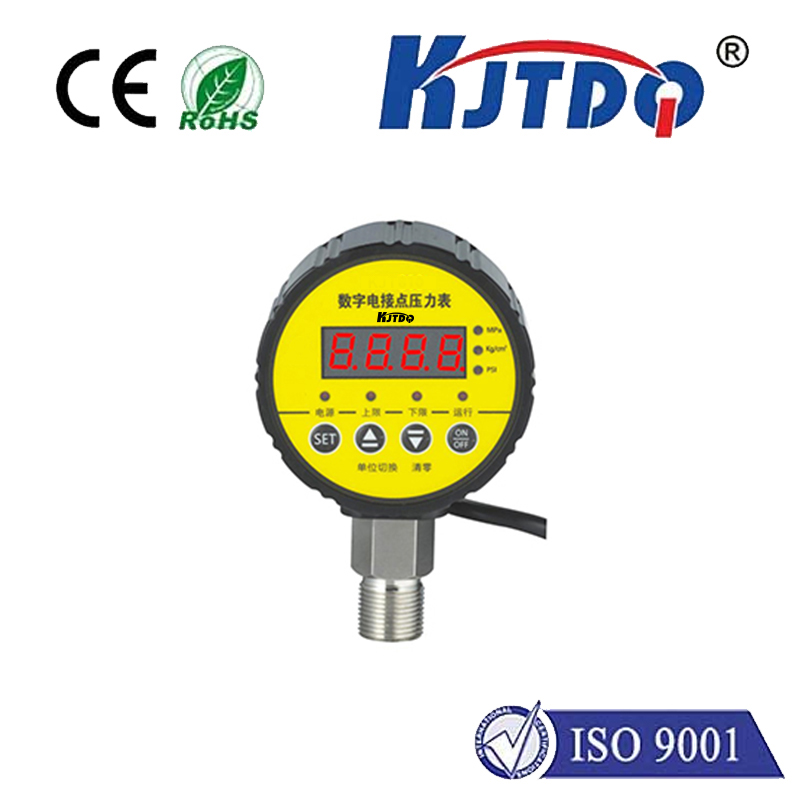PN3071 pressure sensor
- time:2025-09-22 16:07:24
- Click:0
Mastering Pressure Sensing: The Versatile PN3071 Pressure Sensor Explained
PN3071 Pressure Sensor: Your Key to Precision Measurement Across Industries
In a world increasingly driven by data and automation, accurately measuring pressure isn’t just useful – it’s often critical. From ensuring the safety of medical ventilators to optimizing fuel efficiency in the latest electric vehicles, reliable pressure sensing underpins countless modern technologies. Among the diverse range of solutions available, the PN3071 pressure sensor emerges as a particularly versatile and robust component, designed to deliver dependable performance even in demanding environments. But what exactly makes this sensor tick, and where does it shine? Let’s delve into the technology and capabilities of the PN3071.
Understanding the Core: Piezoresistive Sensing
At the heart of the PN3071 lies the well-established and highly reliable principle of piezoresistive sensing. This technology leverages a fundamental property of certain materials: their electrical resistance changes predictably when subjected to mechanical stress (in this case, pressure). The PN3071 typically incorporates a micro-machined silicon diaphragm. When pressure is applied, this diaphragm flexes minutely. Integrated piezoresistive elements, often arranged in a Wheatstone bridge configuration on the diaphragm, experience this strain. This strain causes a change in their resistance, unbalancing the bridge and generating a small electrical output voltage proportional to the applied pressure.
Why Piezoresistive? The PN3071 Advantage

The choice of piezoresistive technology for the PN3071 offers several significant benefits:
- High Sensitivity and Accuracy: Silicon piezoresistors are extremely sensitive to strain, enabling the PN3071 to detect very small pressure changes with excellent precision.
- Stability and Reliability: Silicon sensors offer long-term stability and minimal drift, making the PN3071 suitable for applications requiring consistent performance over time.
- Robustness: The solid-state nature of MEMS (Micro-Electro-Mechanical Systems) technology, often used in piezoresistive sensors like the PN3071, contributes to high shock and vibration resistance.
- Wide Operating Range: Depending on its specific variant, the PN3071 can be designed to handle a broad spectrum of pressures, from low vacuum levels to high pressure ranges, often combined with a wide operating temperature range.
- Cost-Effectiveness: Mature manufacturing processes make piezoresistive sensors like the PN3071 highly cost-competitive, especially for high-volume applications.
Deciphering the Specifications: What PN3071 Delivers
While specific parameters can vary slightly based on configuration and manufacturer, the PN3071 pressure sensor typically boasts a compelling feature set:
- Media Compatibility: Often designed with stainless steel housings and isolation diaphragms, protecting the sensitive silicon die from corrosive or dirty media, making it suitable for diverse industrial fluids and gases.
- Output Options: Commonly provides a calibrated, amplified analog output (e.g., 0.5-4.5V ratiometric or 4-20mA), simplifying integration with microcontrollers, PLCs, and data acquisition systems.
- Pressure Ranges: Available in various ranges (e.g., 1 bar, 10 bar, 100 bar, etc.) to suit specific application needs.
- High Accuracy: Capable of delivering accuracies within ±0.25% to ±1.0% Full Scale (FS), depending on grade and calibration.
- Temperature Compensation: Incorporates on-chip temperature compensation circuitry to minimize errors caused by temperature fluctuations, ensuring measurements remain accurate across its specified operating temperature range.
- Environmental Protection: Typically rated with a high Ingress Protection (IP) rating (such as IP65 or higher), safeguarding it from dust and water ingress.
Where the PN3071 Excels: Key Applications
The PN3071 pressure sensor’s combination of accuracy, robustness, and versatility makes it a preferred choice in numerous sectors:
- Industrial Automation & Process Control: Monitoring hydraulic/pneumatic pressures, pump controls, leak detection, filter clogging, tank level sensing (via hydrostatic pressure), and compressor management. Its robustness is crucial in harsh factory settings.
- HVAC&R (Heating, Ventilation, Air Conditioning & Refrigeration): Measuring refrigerant pressures, monitoring filter status, ensuring airflow control in ducting, and safeguarding chiller systems require reliable sensors capable of handling diverse refrigerants and environments.
- Automotive & Transportation: Employed in brake systems (brake fluid pressure), engine management (oil pressure, manifold pressure), fuel systems (fuel rail pressure), emission control, and testing systems (tire pressure monitoring during manufacturing). Must withstand vibration and temperature extremes.
- Medical Equipment: Used in critical devices like ventilators (airway pressure monitoring), infusion pumps (fluid pressure control), dialysis machines, and diagnostic instruments. Accuracy and reliability are paramount here.
- Test & Measurement: Providing accurate pressure readings in laboratory setups, calibration benches, and portable diagnostic tools.
- Consumer Appliances: Found in high-end coffee makers (water/steam pressure), dishwashers, and washing machines (water pressure control).
- Water & Wastewater Management: Monitoring pump performance, filtration systems, pipeline pressure, and tank levels.
The Value Proposition: Why Choose the PN3071?
Beyond its technical specifications, the PN3071 pressure sensor offers tangible advantages to design engineers and system integrators:
- Simplified Integration: The amplified and calibrated analog output significantly reduces the need for complex external signal conditioning circuits, streamlining design and development time.
- Cost Efficiency: Offering high performance at a competitive price point, the PN3071 provides excellent return on investment, particularly in cost-sensitive or high-volume applications.
- Proven Performance: Leveraging well-understood piezoresistive MEMS technology, the PN3071 delivers a track record of dependable operation across diverse industries.
- Design Flexibility: Its availability in various pressure ranges, electrical connections (cable, connector), and output signals allows engineers to select the optimal variant for their specific needs.
Integrating the PN3071: Key Considerations
To maximize the performance and longevity of the PN3071 pressure sensor in your application, keep these points in mind:
- Media Compatibility: Always verify that the wetted materials (diaphragm, housing seals) of the specific PN3071 variant are compatible with the media being measured. Avoid exposure to incompatible chemicals or solvents.
- Overpressure Limits: Respect the specified burst pressure and proof pressure limits. Apply pressure gradually; avoid pressure spikes or water hammer, which can damage the sensor diaphragm. Consider snubbers or pulsation dampers if necessary.
- Electrical Protection: Implement basic protection circuits (e.g., transient voltage suppression, reverse polarity protection) at the power supply and signal lines to safeguard against electrical surges, spikes, or miswiring.
- Mounting & Sealing: Ensure the sensor is mounted securely and that any sealing (O-rings, thread sealant) is appropriate for the application pressure and media. Avoid mounting stresses that could deform the housing.
- Environmental Conditions: While robust, confirm the sensor’s rated operating temperature range and IP rating meet the environmental demands of your specific installation location. Protect it from excessive heat sources or direct moisture ingress beyond its rating.
By understanding its core technology, appreciating its specifications, recognizing its ideal applications, and following integration best practices, engineers can leverage the PN3071 pressure sensor to create systems that are not only functional but also reliable, precise, and cost-effective. Its enduring presence in the market is a testament to its ability to meet the






